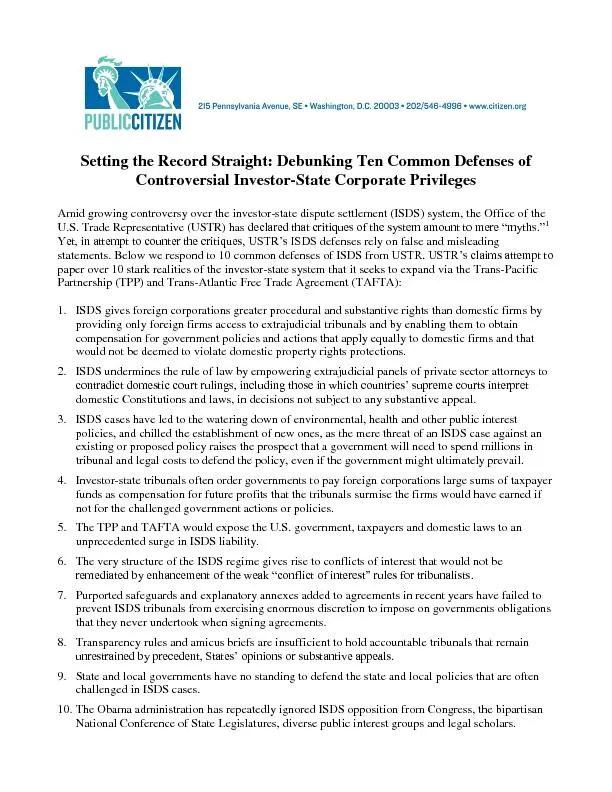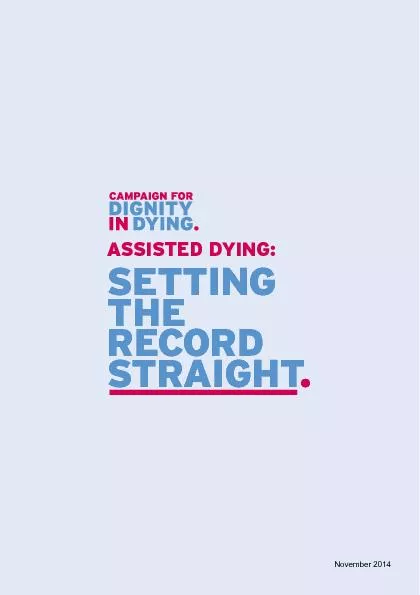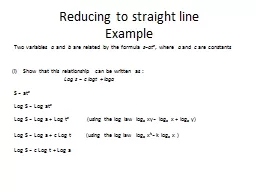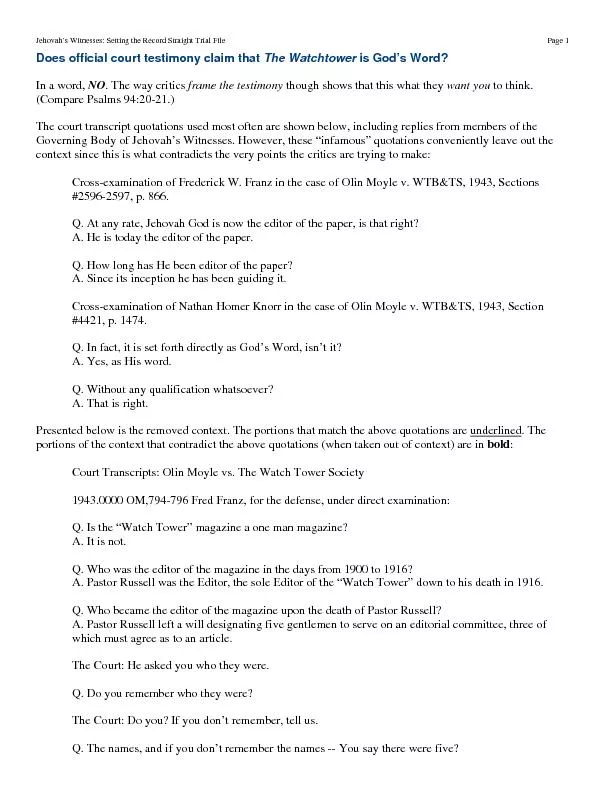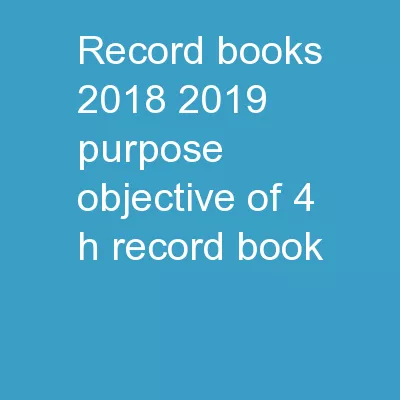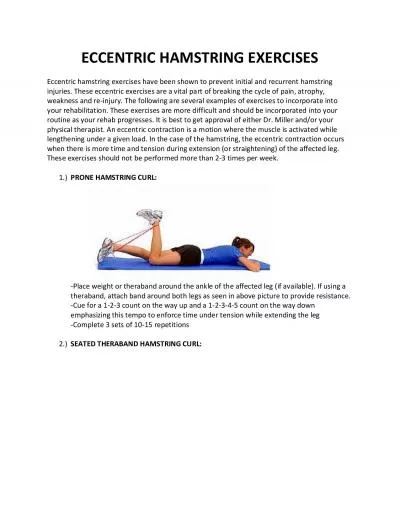PDF-Setting the Record Straight:
Author : liane-varnes | Published Date : 2016-05-06
Debunking Ten Common Defenses of Controversial Investor State Corporate Privileges Amid growing controversy over the investor state dispute settlement ISDS system
Presentation Embed Code
Download Presentation
Download Presentation The PPT/PDF document "Setting the Record Straight:" is the property of its rightful owner. Permission is granted to download and print the materials on this website for personal, non-commercial use only, and to display it on your personal computer provided you do not modify the materials and that you retain all copyright notices contained in the materials. By downloading content from our website, you accept the terms of this agreement.
Setting the Record Straight:: Transcript
Download Rules Of Document
"Setting the Record Straight:"The content belongs to its owner. You may download and print it for personal use, without modification, and keep all copyright notices. By downloading, you agree to these terms.
Related Documents

